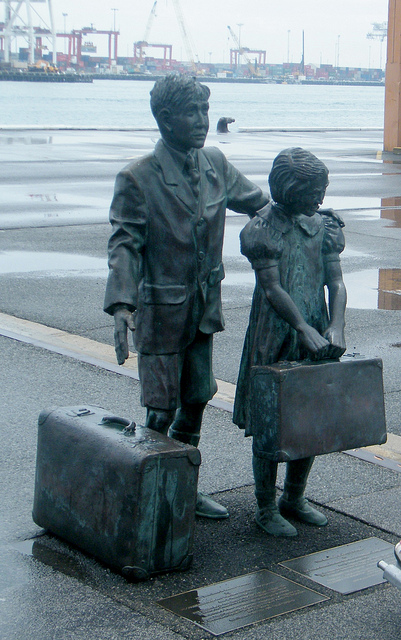
via Flickr Creative Commons
Originally published February 25, 2016
Most politicians and journalists discuss immigration laws and reforms – everything from comprehensive immigration reform to border fences – in ways that imply only individual immigrants are affected. But immigration laws that claim to target individuals in certain statuses – such as undocumented individuals – regularly have broader social consequences for families, neighborhoods, and work groups where, of course, immigrants and citizens are intertwined in daily life. This intermingling of citizens and immigrants is visible in all corners of American life, from university campuses to fast food restaurants and neighborhood parks. Immigration laws, especially punitive laws, affect those settings when co-workers and neighbors are deported or withdraw from social life in an attempt to avoid detection.
Nowhere are the reverberations of punitive immigration laws and policies more strongly felt than in family homes with immigrant parents, spouses, or children. Because families so often include people of different legal statuses, mixed-citizenship families provide a unique lens through which to study the true reach of laws regulating both citizenship and non-citizenship. Through these families’ experiences, we see the spectrum of immigration laws’ effects on families and communities. My research on mixed-citizenship couples allows me to explore the full range of direct and indirect effects of laws that appear to target only non-citizen immigrants but actually affect many citizens at the same time. more...

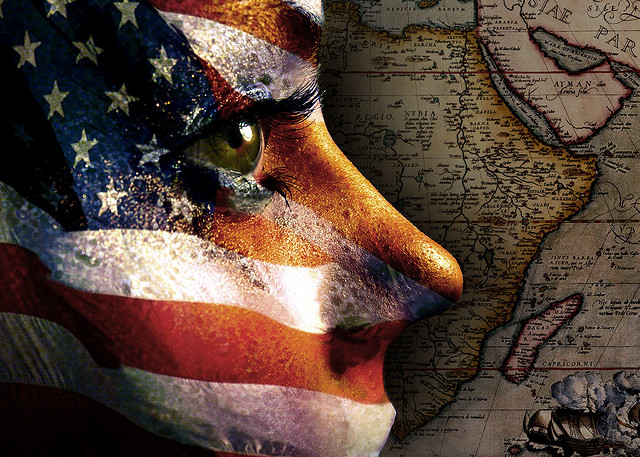
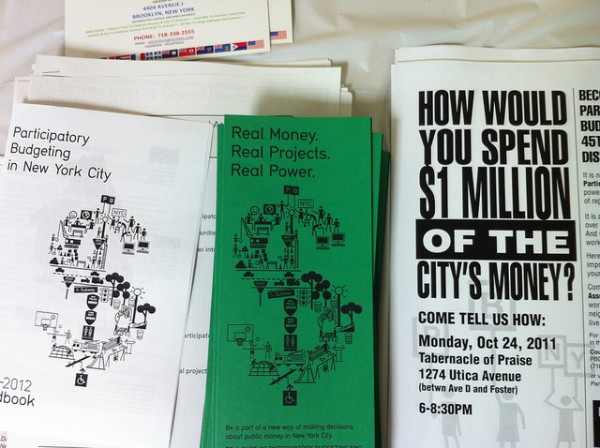
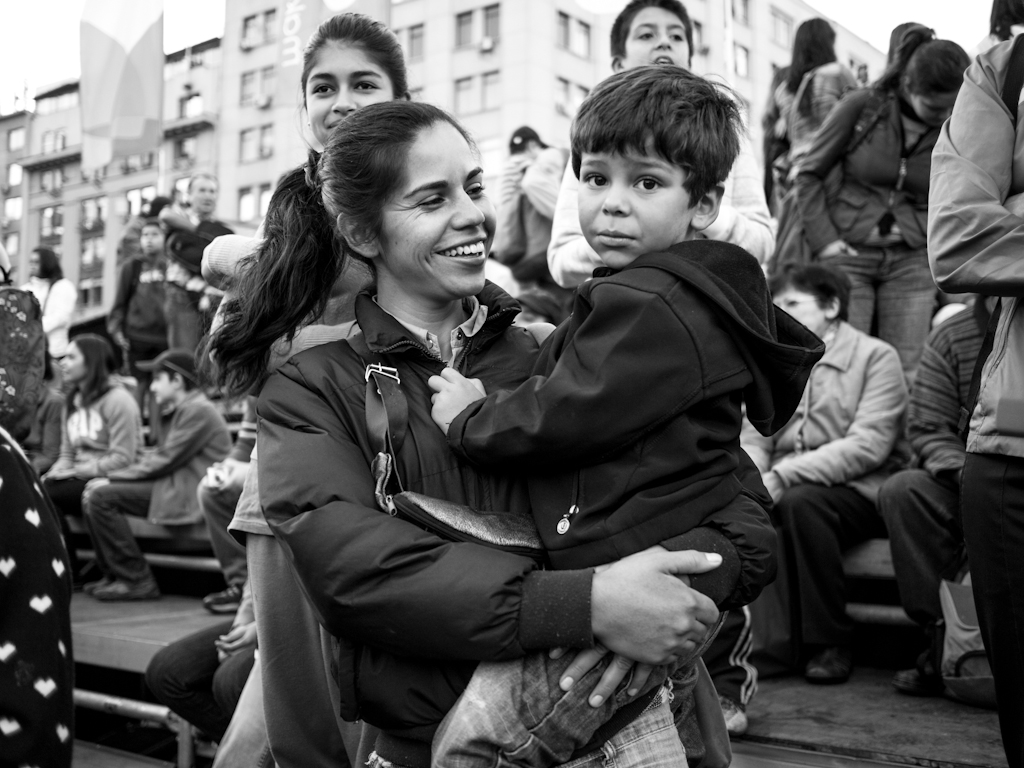
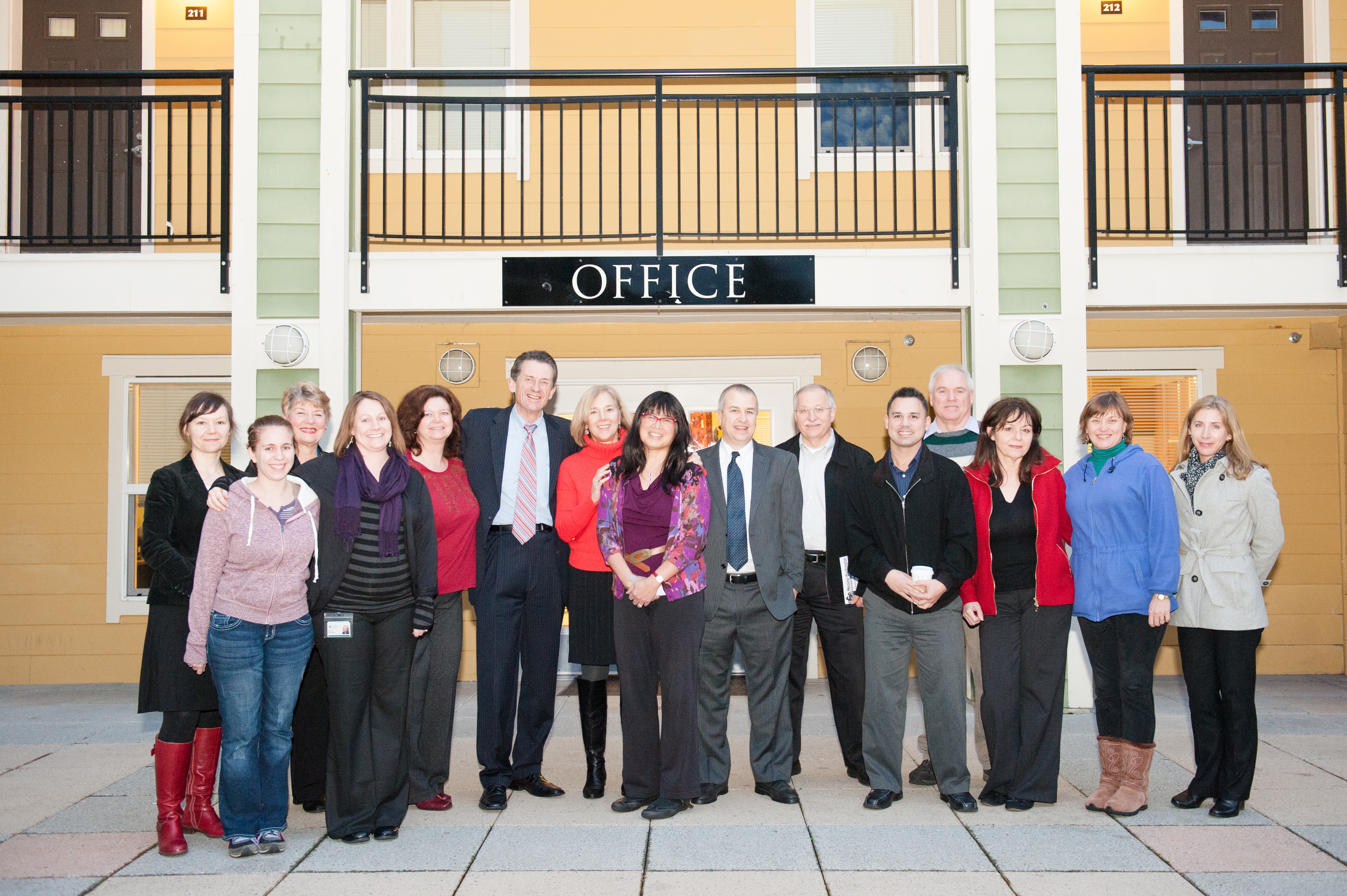
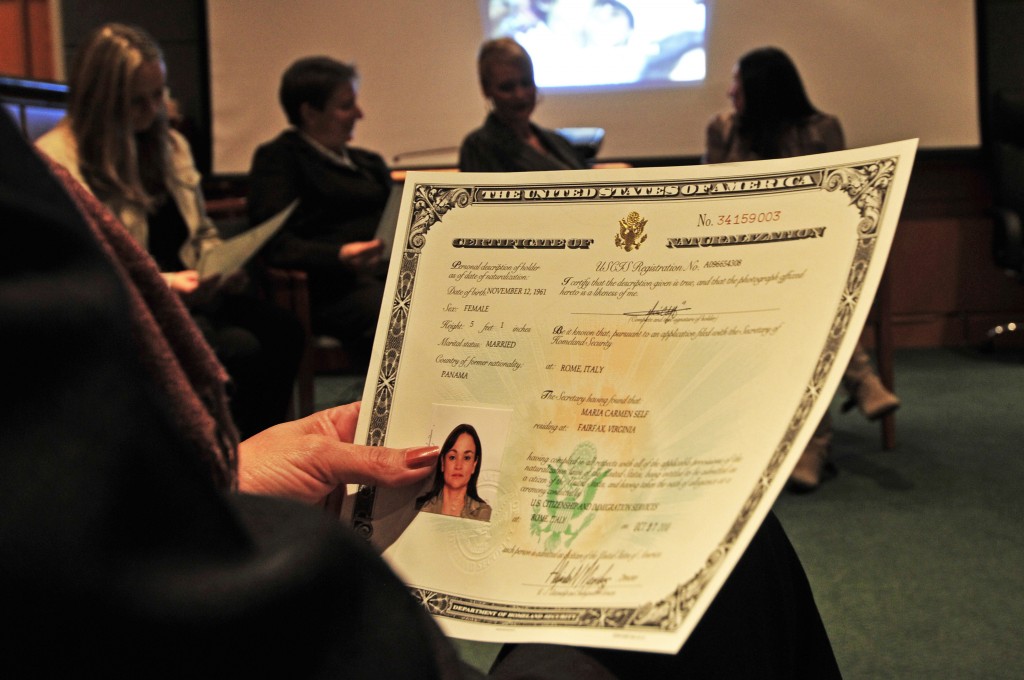
 Research to Improve Policy: The Scholars Strategy Network seeks to improve public policy and strengthen democracy by organizing scholars working in America's colleges and universities. SSN's founding director is Theda Skocpol, Victor S. Thomas Professor of Government and Sociology at Harvard University.
Research to Improve Policy: The Scholars Strategy Network seeks to improve public policy and strengthen democracy by organizing scholars working in America's colleges and universities. SSN's founding director is Theda Skocpol, Victor S. Thomas Professor of Government and Sociology at Harvard University.